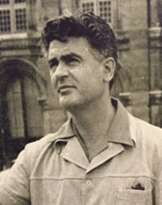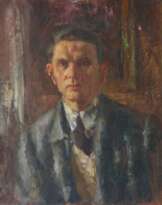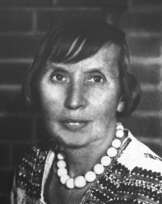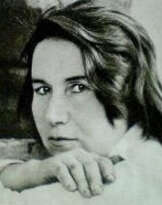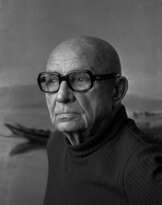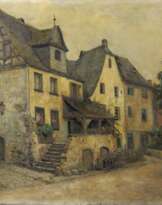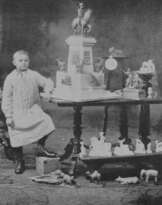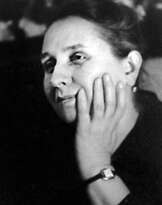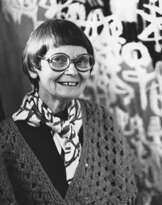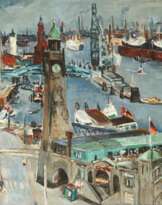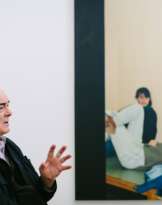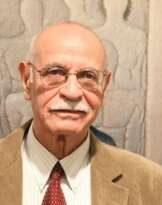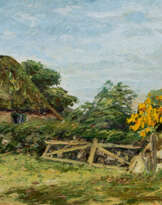Vera Ignatyevna Mukhina (1889 - 1953)

Vera Ignatyevna Mukhina
Vera Ignatyevna Mukhina (Russian: Ве́ра Игна́тьевна Му́хина) was a renowned Soviet sculptor and artist, celebrated for her significant contributions to Soviet art and sculpture. Born into a wealthy merchant family in Riga, Mukhina's journey into the world of art took her through the studios of notable artists in Russia and Europe, including the Académie de la Grande Chaumière in Paris under Antoine Bourdelle. Her work is deeply imbued with a sense of national pride and a commitment to the socialist cause, reflecting the tumultuous times she lived through, including both World Wars and the shifting political landscape of the Soviet Union.
Mukhina's most celebrated piece, "Worker and Kolkhoz Woman," a towering sculpture made of stainless steel, was originally created for the 1937 World's Fair in Paris. This sculpture, standing as a symbol of Soviet might and unity, showcases Mukhina's mastery in welding and her innovative approach to monumental art. The piece was acclaimed internationally and continues to be a significant symbol of Soviet and Russian culture.
Throughout her career, Mukhina experimented with a variety of materials and techniques, including glass, earning her numerous awards, such as the Stalin Prize, which she received five times, and the title of People's Artist of the USSR. Her commitment to art went beyond her own creations; she was a passionate educator and theorist, advocating for the enrichment of Soviet artistic vocabulary and experimenting with new materials and forms.
Mukhina's legacy extends beyond her sculptures to her contributions to the art world through her theoretical writings, her influence on public and architectural sculpture, and her experimentation with art glass, transforming ordinary objects into decorative art pieces. Her works are preserved in museums and public spaces, continuing to inspire and evoke admiration.
For collectors and experts in art and antiques, Mukhina's works represent a poignant narrative of 20th-century Soviet art, characterized by its boldness, innovation, and ideological commitment. Her life's work offers a window into the complexities of Soviet art, navigating the realms of personal expression and state expectations.
For those interested in exploring Vera Ignatyevna Mukhina's significant contributions to art and sculpture, consider signing up for updates on new product sales and auction events related to her work. This subscription offers a unique opportunity to engage with the history and legacy of one of the 20th century's most influential artists.
| Date and place of birt: | 1 july 1889, Riga, Russian Empire |
|---|---|
| Date and place of death: | 6 october 1953, Moscow, USSR |
| Nationality: | Latvia, Russia |
| Period of activity: | XX century |
| Specialization: | Artist, Educator, Monumentalist, Sculptor |
| Genre: | Allegory, Genre art, Portrait sculpture |
| Art style: | Post War Art, Soviet art, Socialist realism |

